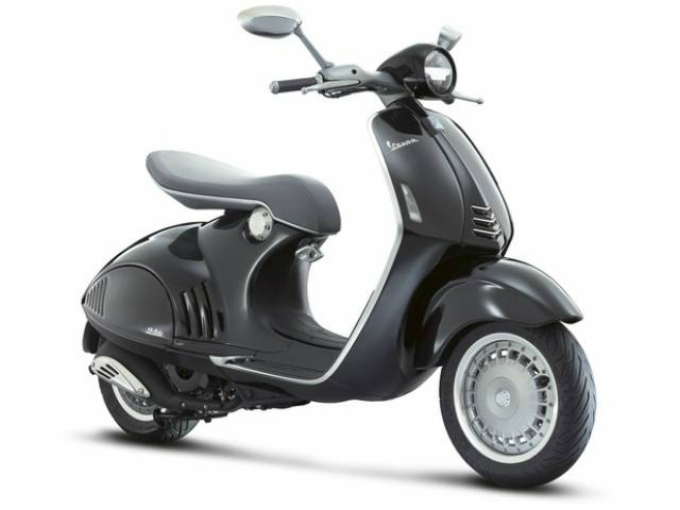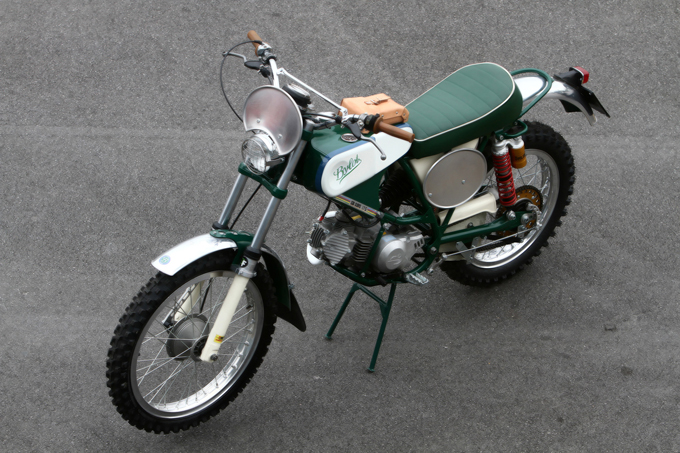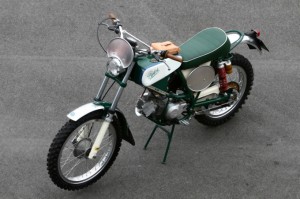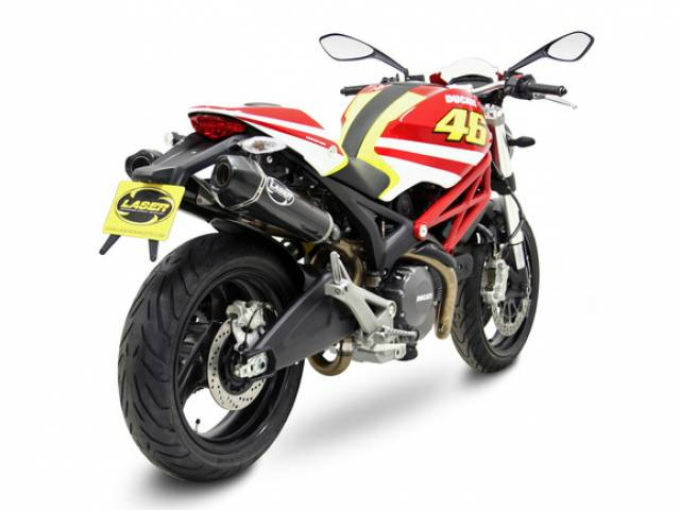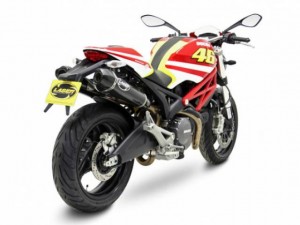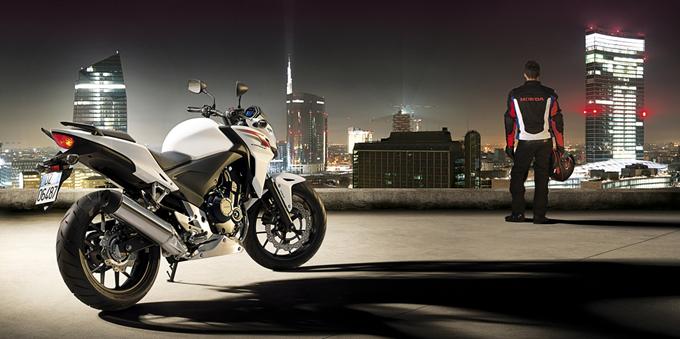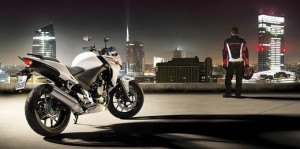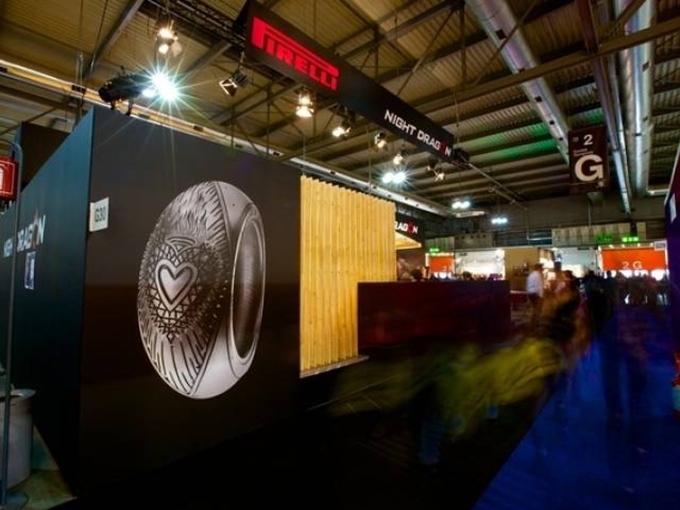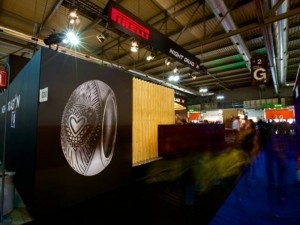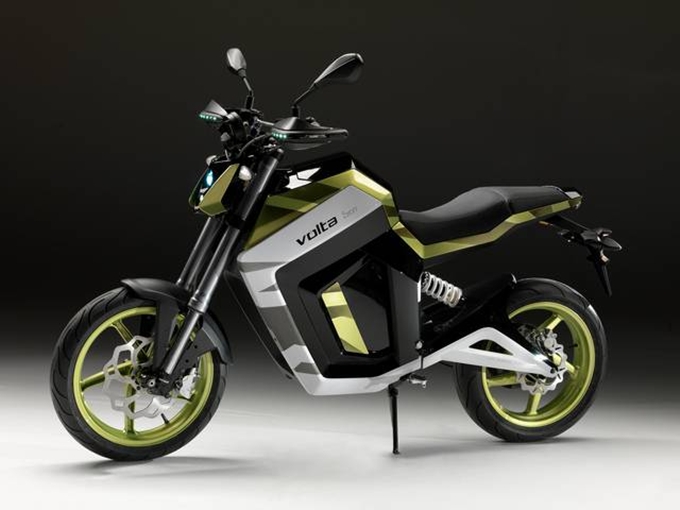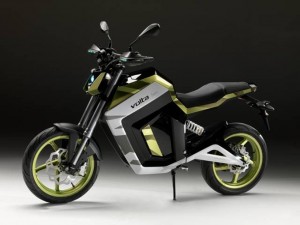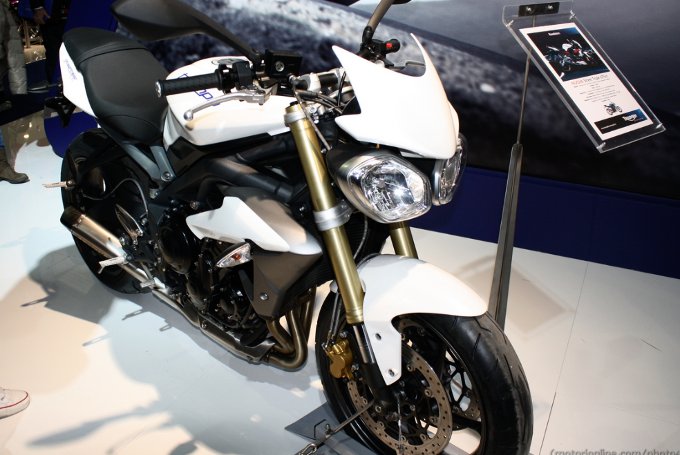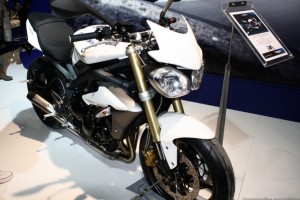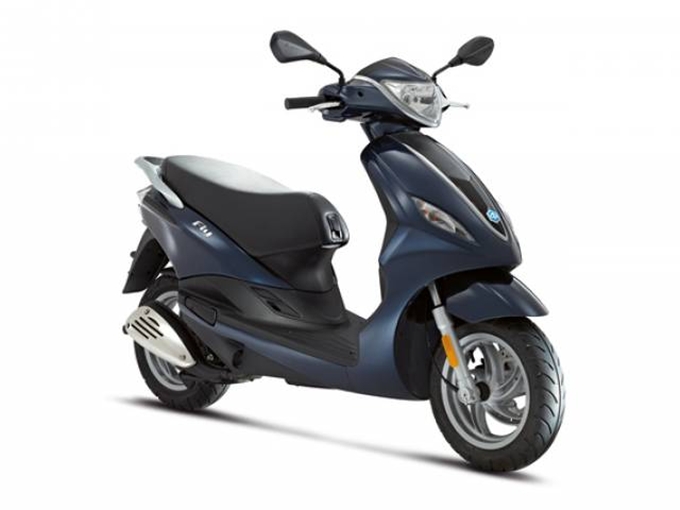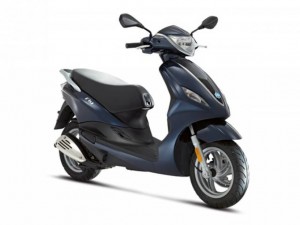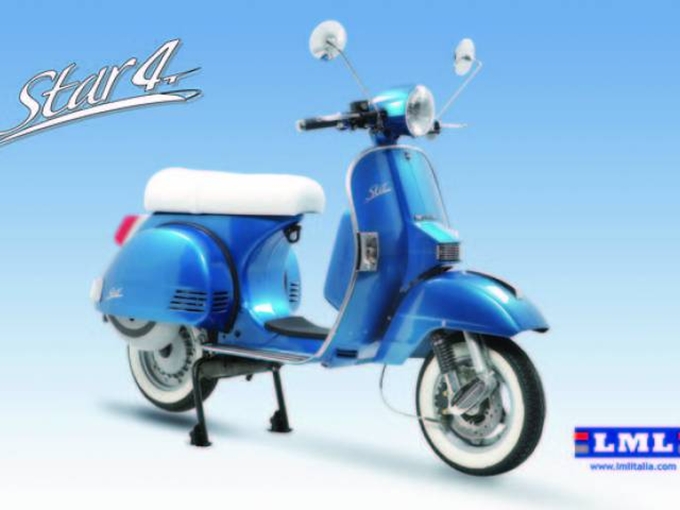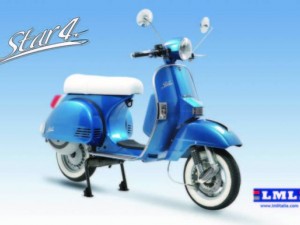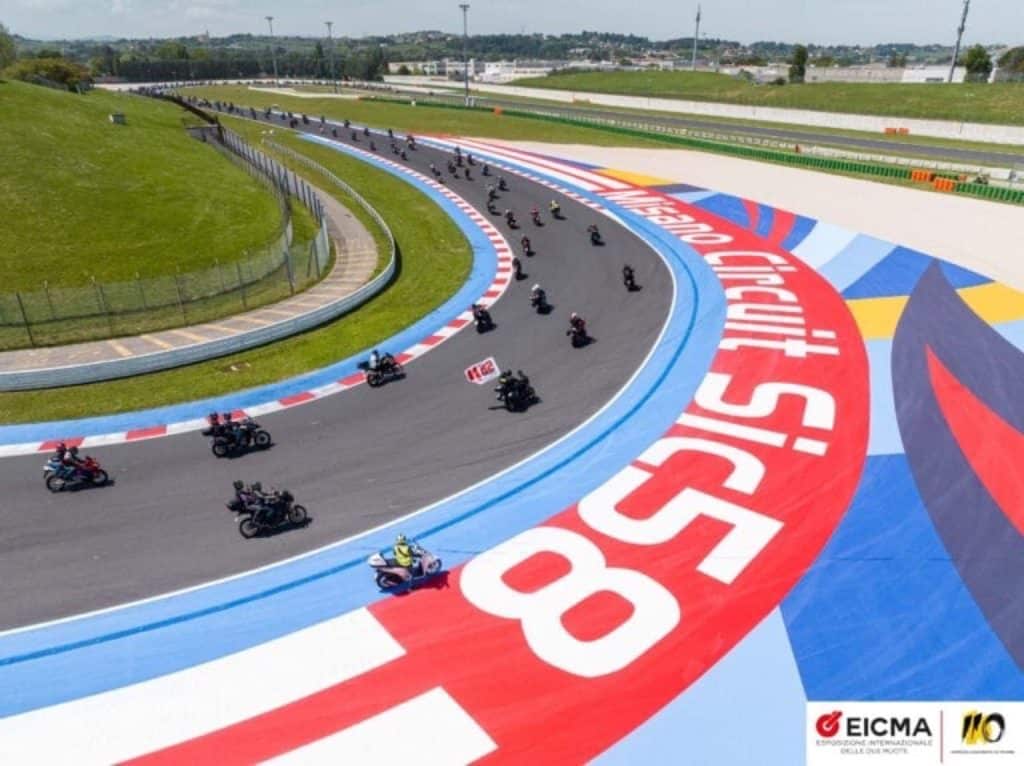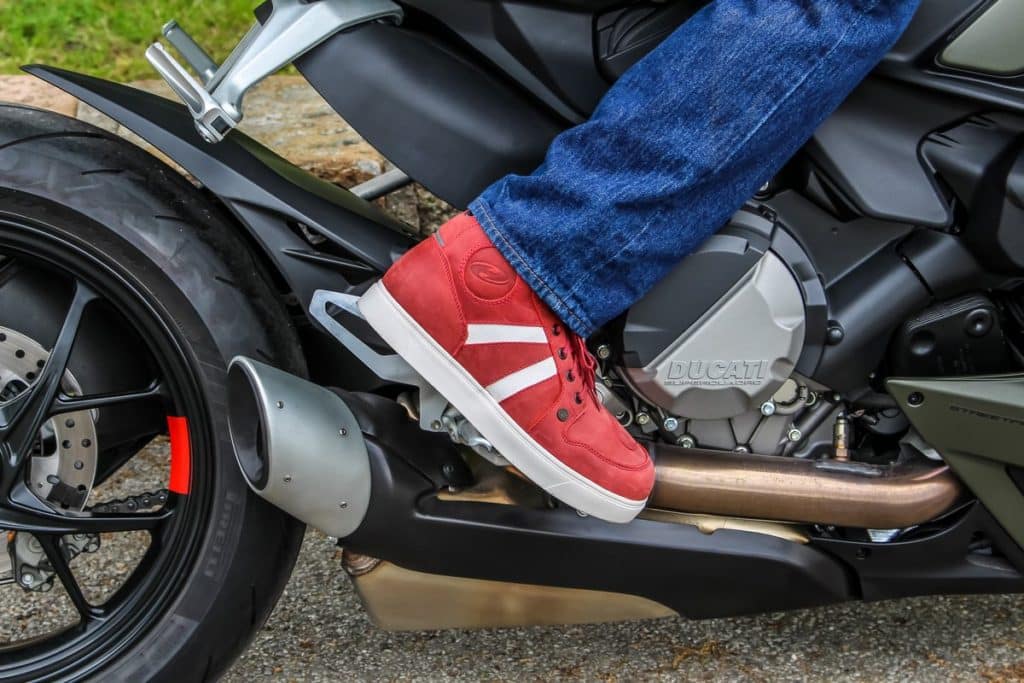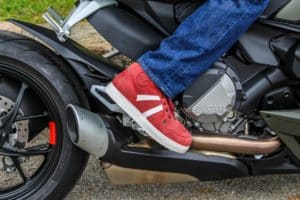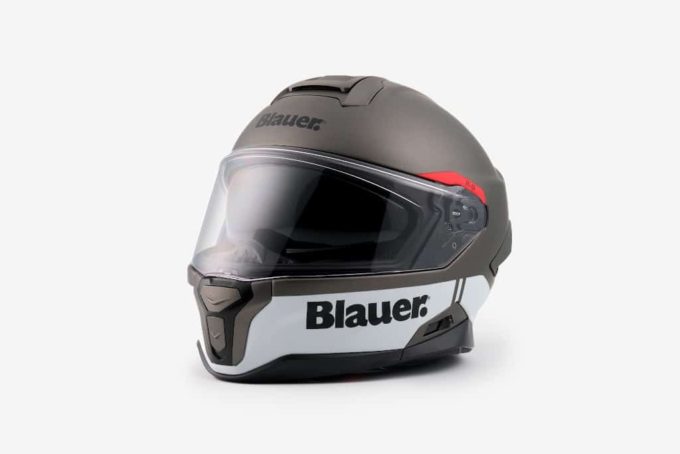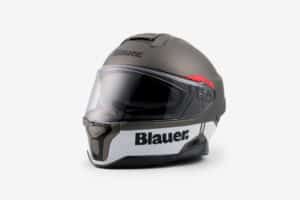Eicma 2012 – Piaggio presents Vespa 946
Style and elegance in the evolution of the MP6 prototype
Since 1946, Vespa has established itself as a unique case of style and technology, responding to the demand for freedom of entire generations and showing the world the way to individual mobility, which is synonymous with emancipation.
For sixty-six years, Vespa has ceaselessly renewed its myth, always evolving its exclusive concept of form – function.
Essence of style
Today, after well over seventeen million vehicles spread across the world's roads, and having become a legend throughout the world, Vespa reveals its future.
It does so by referring directly to its forefather, the MP6 prototype, the first embryo of the Vespa from which, in the spring of 1946, the most famous scooter in the world was born, an Italian and unsurpassed icon of style and creativity.
By distilling the purest essence of those traits that forever marked the aesthetics of individual mobility, entering forcefully into the daily lives of all of us, and enhancing the lines that made it famous, the Pontedera Style Center projects the Vespa into a new generation in the which quotes and projections, tradition and innovation, blend seamlessly. Once again Vespa is able to stay ahead of the times by projecting itself into a future marked by style and technology at the service of a higher quality of life.
Vespa 946, in total fidelity to the original idea, adopts the load-bearing body solution. The structure, unique in its kind, is made of welded steel but, for the first time in Vespa history, it is embellished with aluminum alloy elements.
The result is a unique and precious piece that has conquered, since its appearance, a special place in the magnificent history of Vespa, an object destined to fulfill, at the highest level, its natural function of mobility but which immediately presents itself as an object of distinction in the urban and metropolitan landscape. Vespa 946 is a unique and evocative object that embodies, and exhibits with class, all the values of style and elegance that derive from the nobility of its origins. The Vespa 946 expresses the maximum possible value in the scooter world and projects Vespa into the elite of luxury brands.
A body jewel
As always in the history of Vespa, the technically characterizing element is the body. A single body in steel and aluminum which also has a load-bearing function, welcoming and supporting the engine, transmission and all the mechanical parts.
The masterful construction quality and the nobility of the materials used distinguish the Vespa 946 from any other two-wheeler in the world. The use of aluminum contributes not only to the definition of a breathtaking aesthetic, but also to greater lightness and therefore to an increase in energy efficiency resulting in lower consumption and lower emissions.
Directly inspired by Mp6, the first Vespa prototype from 1946, the 946 decisively breaks with the forms of the current - and successful - Vespa families. Always available in "small body" (the current LX and S series) and "large body" (represented by GTS and GTV) Vespa now sees the birth of a completely new vehicle which, while referring to the more classic canons, interrupts the constant evolution of design in a sort of fascinating “back to the future”.
Vespa 946 distills and condenses in itself the best characteristics of the Vespas that preceded it in the decades, admirably intertwining the best of the characteristics of the various Vespa families. The fundamental component of the chassis, the wheelbase, testifies to an important and stable vehicle, exceeding the distance between the wheel hubs of the large GTS. But the very light shape, the reduced weight and the steering angle similar to that of the small LX make it exceptionally agile.
The suspension department stands out for the originality of the front element (the classic swinging arm, one of the Vespa stylistic features) and for the refinement of the solution adopted on the rear wheel. For the first time in the history of Vespa the single shock absorber - a gas unit with adjustable preload in four positions - is mounted horizontally with a progressive linkage system. A solution that made it possible not to affect the pure line of the rear of the Vespa 946.
The lights, entirely LED, are one of the distinctive elements of the Vespa 946. In particular, the headlight stands out as it is made with Full LED technology.
The saddle, mounted on an aluminum support, is an extraordinary design element, capable of gracefully marking the overall design of the Vespa 946, at the service of functionality. Hinged on a die-cast aluminum support, the seat is made of fine pre-waterproofed fabric.
The front mudguard made of aluminum covers the 12-inch wheel with the usual elegance. The same size that characterizes the rear cover. The detachable rims, the largest size ever achieved on a Vespa, further embellish the 946. The braking system, in search of maximum safety, is double disc and is completed by the two-channel ABS system controlled by a control unit with specific software .
Vespa 946 is equipped with the innovative ASR traction control, an advanced electronic system that prevents the rear wheel from slipping, avoiding loss of grip and always guaranteeing the best traction. An exclusive technological refinement from the Piaggio Group, for the first time on a Vespa.
Techno(eco)logical goals
Vespa 946 opens a window on the future also in technology.
The beating heart of the Vespa 946 is a very modern engine that reveals the lines of development of the engines of the future, characterized by reduced consumption and drastic reduction in gaseous and noise emissions.
The 125 cc single-cylinder 4-stroke, 3-valve, air-cooled and powered by electronic injection, represents the state of the art of the Piaggio Group's technology in scooter engines.
The engine was entirely designed, developed and built in Pontedera, in the Piaggio Group's largest plant which is one of the most important and advanced research, development and production centers in the engine field in the world. An engine that was born from the challenge that the Piaggio Group is currently facing to offer, to an increasingly advanced customer, products that guarantee not only performance, reliability and safety but also the certainty of driving a vehicle that is increasingly respectful of the environment.
To obtain greater performance and at the same time reduce consumption and emissions, scrupulous study work was carried out to reduce friction and improve fluid dynamics.
The innovative 3-valve distribution that characterizes the Vespa 946 engine allows the motion of the charge in the cylinder to be optimized both in terms of tumble that of swirl as well as positioning the spark plug in an optimal position, improving the efficiency of the combustion process and at the same time ensuring optimal cooling of the parts inside the head.
Bearings have been used for all moving parts to minimize internal friction: the distribution rocker arms have rollers, to the full advantage of silence and mechanical efficiency, the camshaft is on bearings, as are all the final reducer.
In the search for the best relationship between performance and consumption, the 3-valve distribution solution is the most effective, as it improves intake, increasing engine efficiency compared to conventional 2-valve engines.
The cooling system was the subject of a careful analysis to further improve its performance, thus obtaining a significant reduction in acoustic terms and absorbed power.
The injection system is state of the art in terms of functionality and driveability, with automatic idle control and closed-loop title management with lambda probe. The three-dimensional maps of advance, title and injection timing are managed by a latest generation control unit. Together with the trivalent catalyst, compliance with the Euro3 regulation is guaranteed with wide margins, also with a view to future regulations, which will be increasingly stringent in terms of containing polluting emissions.
The performances, with a maximum crankshaft power of 8.5 kW at 8,250 rpm and a maximum torque of 10.7 Nm at 6.500 rpm, place the new engine at the top of its category.
The 125 3V of the Vespa 946 represents a clear improvement in performance compared to the previous generation engines: maximum power increases by 7,1%, while maximum torque by 10,3%.
Despite the significant increases in performance, excellent results have been achieved in terms of fuel consumption: at a speed of 50 km/h you can travel 55 km/l (around 30% more than the previous generation engine). Furthermore, the maintenance intervals, now scheduled at 10.000 km, allow the new 3V engine to have further reduced running costs.
Vespa 946 – Technology
Tradition and innovation: sheet steel body with aluminum elements: handlebars, saddle support, side panels, front mudguard.
Maximum security: ABS braking system and ASR electronic traction control. Large 12 inch wheels, double disc brake.
Ecology and economy: 125 cc 3V engine, electronic injection, low consumption and emissions at the top of the category.
Technology and style: LED headlight and direction indicators, full LCD dashboard.
if you want to always be updated on our news
Follow us here

